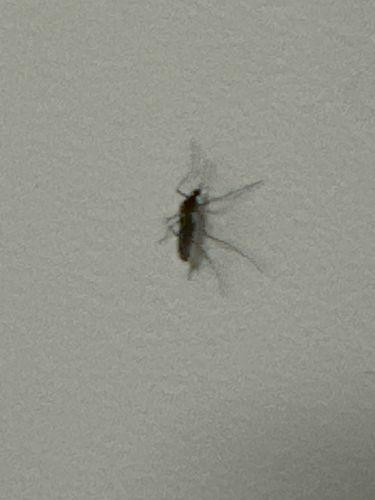Mosquito
Scientific Name: Culicidae
Order & Family: Diptera, Culicidae
Size: 3 mm to 6 mm (0.12 to 0.24 inches)

Natural Habitat
Mosquitoes are found worldwide in various habitats, especially near stagnant water sources like ponds, swamps, marshes, and even man-made containers (e.g., buckets, old tires) as their larvae and pupae are aquatic.
Diet & Feeding
Adult female mosquitoes feed on blood to obtain protein for egg development, while males and females also feed on plant nectar and other sugar sources for energy. Larvae feed on algae, bacteria, and other microorganisms in water.
Behavior Patterns
Mosquitoes are most active during dawn and dusk, though some species bite during the day. They are attracted to carbon dioxide, body heat, and certain chemicals emitted by hosts. They undergo complete metamorphosis with four life stages: egg, larva, pupa (all aquatic), and adult (flying).
Risks & Benefits
Mosquitoes are significant vectors of various diseases, including Malaria, Dengue fever, Zika virus, West Nile virus, and Chikungunya. They are considered pests due to their bites. However, mosquito larvae and adults serve as food sources for various animals like fish, birds, and bats, playing a role in the food web.
Identified on: 11/5/2025